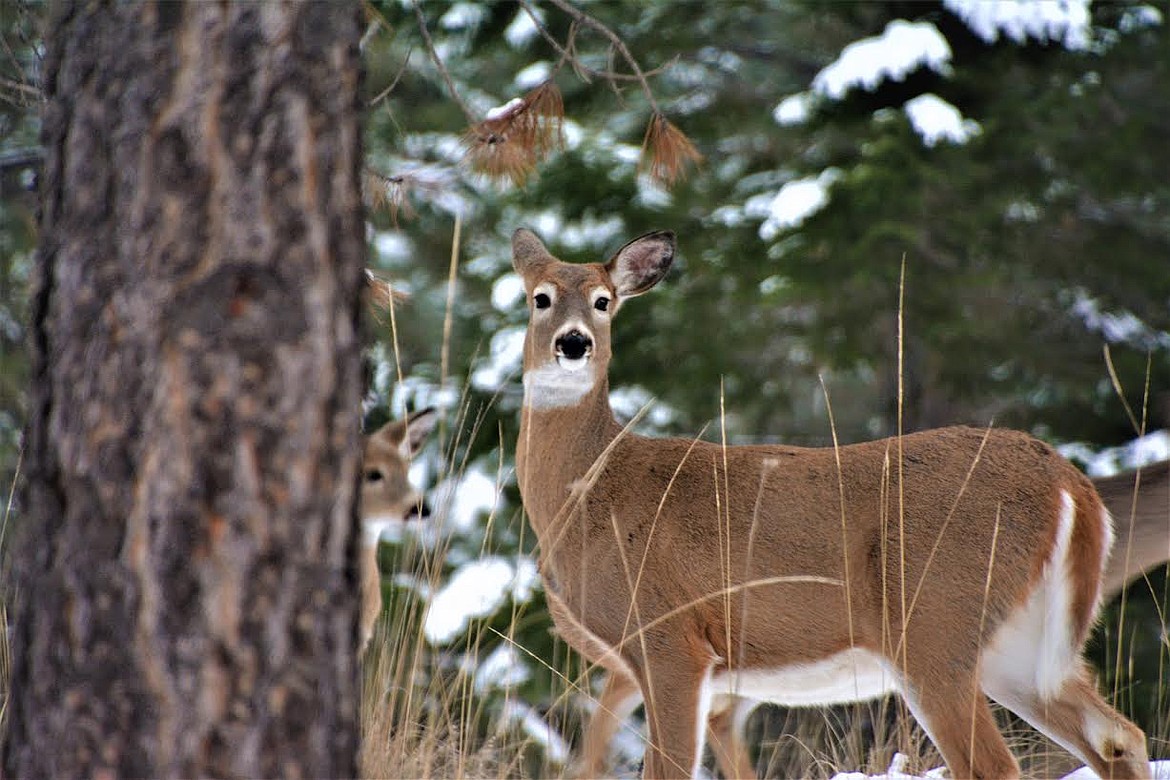Deer, elk gun opener is finally here!
|
October 21, 2020 12:00 AM
By MONTE TURNER
Mineral Independent
The general hunting season for deer and elk begins Saturday in Montana and with it tens of thousands of hunters will take to the fields and forests seeking a trophy and meat for table.
Mineral Independent reporter Monte Turner spoke with Region 2 wildlife biologist Liz Bradley about the county's deer herds...
Become a Subscriber!
You have read all of your free articles this month. Select a plan below to start your subscription today.
Already a subscriber? Login



